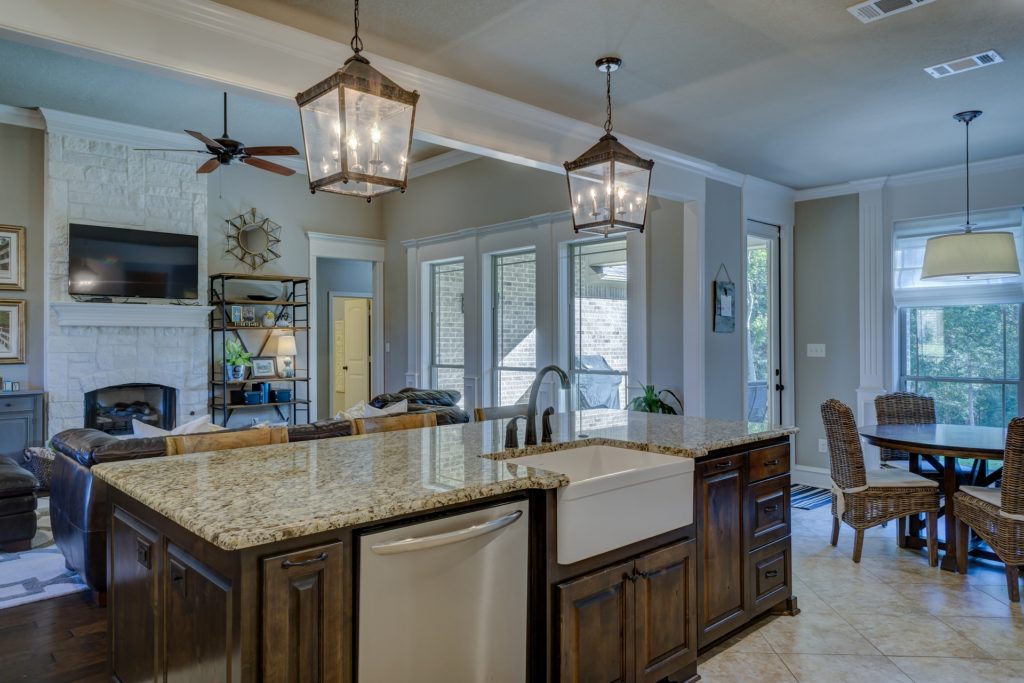The addition of a new room, wall, or floor tiles updates a house’s interiors. But the work doesn’t end with the last coat of paint or floor tile. Renovations culminate with the installation of molding and trim, which ultimately give rooms a finished and polished appearance.
Although various types are available, we recommend pine moldings and trims for rooms that need a soft, natural touch. Miskas Wood Products’ tongue-and-groove pine moldings, baseboards, and trims are great finishing touches, especially for contemporary and Scandinavian houses.
Conceal Imperfect Fittings
Even the most skilled carpenters and painters may find it difficult to achieve precisely painted walls, cut wallpaper and laid tiles or floorboards. They may leave behind tiny but noticeable spaces and brushstrokes along the joints. These imperfections, though small, could still ruin a room’s look.
So, more than being decorative fixtures that enhance the appearance of a room and heighten the theme that interior designers want to achieve, therefore, these finishing touches serve a higher purpose: to conceal the imperfections at the joints where the wall meets the ceiling (crown moldings) and the floor (baseboards).
Maintain Design Theme Indoors and Outdoors
It is a challenge for design-conscious homeowners to be consistent with their house’s theme. Although eccentricity has its charm, maintaining a certain harmony between your indoors and outdoors is necessary to increase a house’s resale value. Choosing the most appropriate design elements, therefore, is very important.
Moldings and trims contribute a lot to these design goals. They lie along the periphery, but their visual impact is far-reaching. For instance, white-washed baseboards and crown molding add subtle elegance (and femininity, if they have rounded edges) to a slate room. Meanwhile, repurposed and unpainted trim preserves the old-school feel of historic houses.
Achieving design consistency throughout the property is possible with molding and trim. Opting for the most appropriate style maintains design harmony throughout the property, even if a traditional house has a modern kitchen or a decked-out entertainment room. The effect that these finishing touches have on a house’s total resale value makes them cost-effective additions to any property.
Practical Applications
Investing in high-quality, durable, and design-appropriate molding and trim has financial and practical benefits. Besides increasing visual appeal and market value, they help protect a house’s structure and keep it from deteriorating quickly.
For example, by concealing the gaps between the floor and the wall, baseboards keep indoor water spills from pooling into the joint, which could eventually lead to mold growth and drywall damage. They also keep rodents and insects from burrowing through and creating nests between the gaps in the walls.
Wall trims are another example. They are decorative moldings that typically rest three feet above the floor and prevent furniture from bumping into and denting the walls.
Making a room look larger and a ceiling higher are two more applications, both of which have esthetic and practical value. Instead of spending for renovations to expand the room or elevate the ceiling, a homeowner can simply install moldings and trims that give the impression of a wider space. Doing so achieves the interior design goal without making a huge dent in the homeowner’s budget.
As far as finishing touches go, moldings and trims accomplish more than what people give them credit for. They complement an existing theme, highlight the architecture’s best features, and add a layer of protection to the house’s structure.
If you have a renovation or home improvement project in the works, consider updating the trims of your home. Call Miskas Wood Products for durable and attractive tongue-and-groove pine moldings and paneling from Canada.
